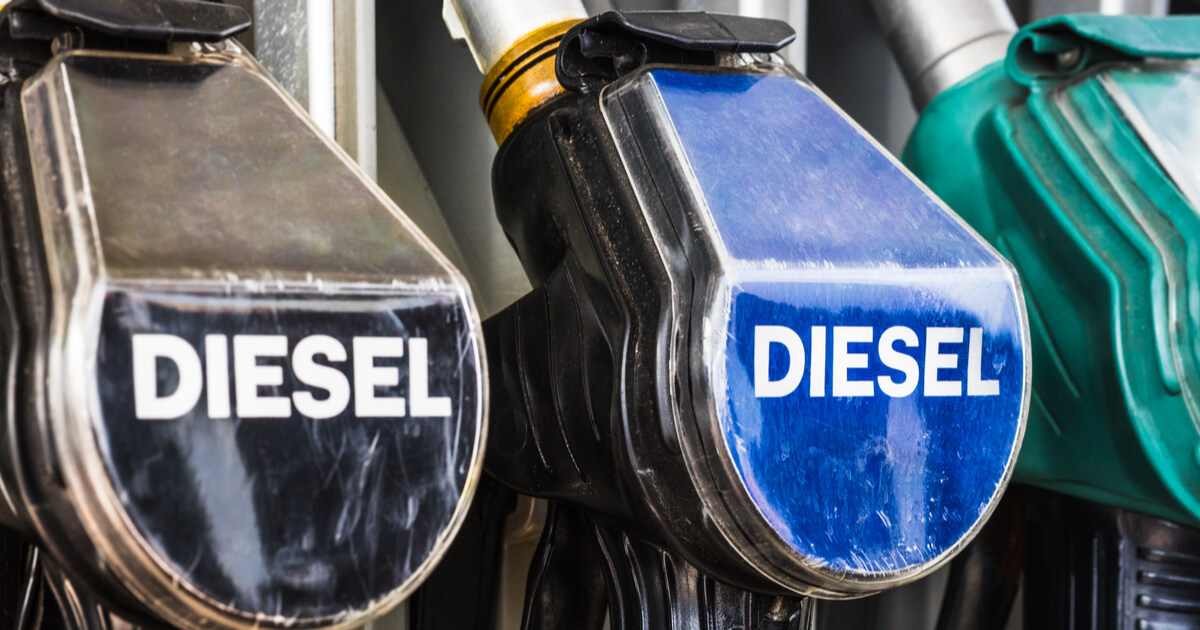
The price of truck diesel spiked — again — during the month of October, and the freight transportation sector now ranks rising costs as the most concerning issue, according to a recent American Transportation Research Institute (ATRI) survey.
“ATRI’s list is a true reflection of what it was like to be a trucker this year. High fuel prices and finding drivers were two of our industry’s biggest challenges — challenges made more difficult by the economy and the continued lack of truck parking,” American Trucking Associations chairman Harold A. Sumerford Jr. reportedly said.
From October 3-17, the price of diesel surged from $4.836 to $5.339 per gallon, with trucking industry leaders now more worried about fuel costs than the 80,000 driver shortage, according to the 2022 Top Industry Issues survey conducted by the ATRI.
“It’s just that fuel had been, in an acute way, catastrophic. The driver shortage is worse than it’s ever been. That in the long run is going to be our single-biggest issue. It kind of hints that maybe we’re not doing the best job in dealing with the chronic issues,” ATRI senior vice president Dan Murray reportedly said.
Although the persistent truck driver shortage ranks second among industry concerns, the cost of diesel hit a record $5.81 per gallon in June 2022, more than doubling in less than two years. That’s a good reason to feel anxious as rising costs threaten to force freight carriers to raise rates at a time when core inflation reduces demand and the country appears to be heading into a recession. Although wide-reaching narratives swirl regarding the root causes of the diesel problem, U.S. oil industry data and the policies of foreign producers tell a fact-based story.
For example, U.S. oil production remains far below the threshold required to meet domestic demand. The country was a net exporter of oil in 2019 when oil production reached an all-time high that exceeded 12.9 million barrels per day. The most recent data from the Energy Information Administration shows an inadequate 11.8 million barrels per day. Output over the previous 12 months has been as low as 10.9 million barrels.
But foreign producers such as OPEC are now playing a critical role in rising prices as well. With the U.S. once again energy dependent on non-allies for crude production, the Middle East producers have cut output to cash in on higher prices, partially driven by bans on purchasing Russian oil. OPEC+, which aligns with Russia, announced deep cuts of 2 million barrels per day.
Although the White House continues to draw on the U.S. emergency petroleum reserve to offset the OPEC-driven global shortage, that well is already dangerously low. Trucking industry leaders with insights into the factors surrounding diesel may be wise to worry about prices at the pump over driver shortages in the short term.
Sources: ttnews.com, fortune.com, kiplinger.com, wsj.com, prnewswire.com











Leave a Comment